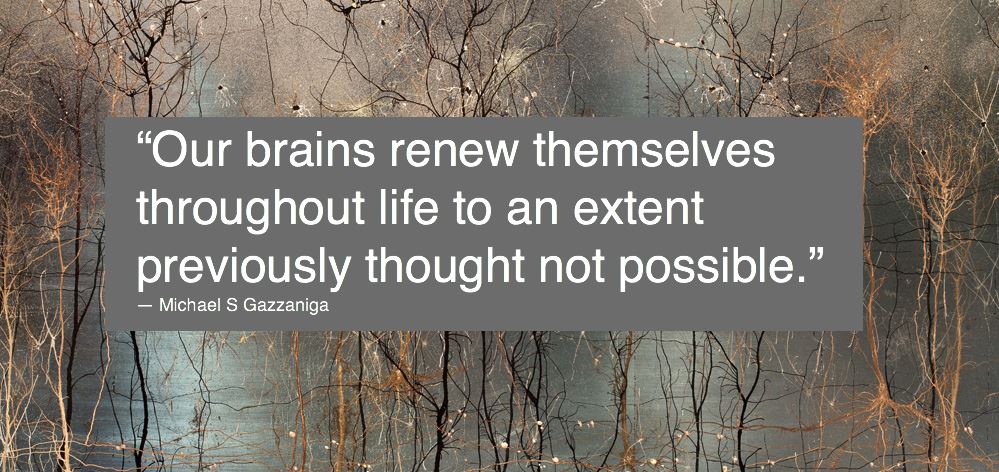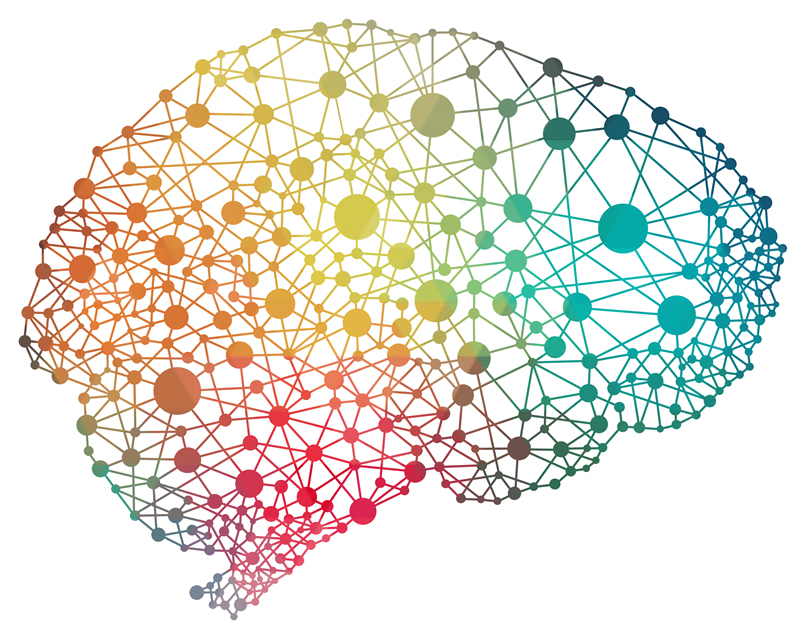
WELCOME TO THE APPLIED NEUROSCIENCE SOCIETY OF AUSTRALASIA (ANSA)
ANSA members include health professionals from a range of disciplines who are committed to the promotion of enhancing brain health through the use of neuromodulation techniques such as Neurofeedback or Neurotherapy, Biofeedback and other neuroregulation interventions. Click here to read about ANSA.
Become a member of ANSA: a range of membership options are available.

2025 Conference and Workshops will be held:
1-2 November 2025
Mercure Hotel, Sydney Australia
Head over to our conference events page to find out more, or
book your tickets here: https://events.humanitix.com/2025-ansa-conference
This year's conference will showcase some innovative research and development in neuromodulation happening in Australia, as well as bring some international leaders in the field, to share updates and deepen our understanding of important topics.
The ANSA Conference is a unique opportunity in the annual CPD calendar, for neurofeedback practitioners to come together with others who work in this space, and to connect with training and neurofeedback equipment providers.
We also encourage you to visit our Asia Pacific Journal of Neurotherapy (APJNT) for the latest research and articles, and to become a member of the Biofeedback Certification International Alliance-Australia (BCIA-A), an independent body to ANSA, whose role is to establish certification based on the same "Blueprint of Knowledge" developed by BCIA (USA) for health professionals practicing Neurofeedback and Biofeedback. |
 | BCIA-A being a BCIA affiliate, is responsible for ensuring that people applying for certification in Australasia have prerequisite educational requirements, and conform to approved ethical standards for certification. |
Want to know more? Email secretary@appliedneuroscience.org.au to request more information.
ANSA is a non-profit organisation for professionals with a research or clinical interest in the promotion of the regulation of brain activity for optimal functioning
ANSA members include health professionals from a range of disciplines including medicine, psychiatry, psychology and allied health professionals who are committed to the promotion of enhancing brain health and optimisation primarily through neuromodulation techniques such as Neurofeedback, Biofeedback and other neuroregulation interventions. A range of membership options are available.
Applied Neuroscience refers to the application of neuroscience research findings to clinical practice. The field of neuroscience has grown dramatically over the past 20 years, and each year we begin to understand more and more about the most complex organ of our body, the brain. Applied Neuroscience is a growing field, and as technologies to measure and modify brain activity become more sophisticated, we develop a greater level of understanding in the treatment of brain dysregulation and dysfunction.
The following are a list of advances in neuroscience and their applications to clinical practice, and some of our members practice several of these modalities or have an interest in their application.
Biofeedback refers to intervention where a person using a monitoring device is provided with moment to moment information regarding their state of physiological functioning, such as Heart-Rate Variability training (HRV).
Neurofeedback also called Neurotherapy is a EEG Biofeedback treatment modality, in which the focus is on feedback provided from the central nervous system and the brain. It is a non-drug therapy that can be used to assist in the treatment of a variety of disorders such as ADHD, epilepsy, sleep disorders, PTSD, anxiety and depression, also assisting in the recovery from alcoholism and drug use. Neurofeedback can also be utilized for peak mental performance training.
Link "Introduction to Neurofeedback" presentation
Transcranial Direct Current Stimulation (TDCS) is a neuromodulation or neurostimulation technique that works by sending very low levels of direct current to either increase or decrease the neuronal excitability in the specific area being stimulated. There are two types of stimulation with tDCS: anodal and cathodal stimulation. Anodal stimulation acts to excite neuronal activity while cathodal stimulation inhibits or reduces neuronal activity. TDCS has been shown to improve cognitive ability on certain tasks (depending on what area of the brain is being stimulated), providing some positive outcomes for disorders such as depression, anxiety, PTSD, pain, ADHD and other disorders. It is considered non-invasive and safe, when done by an experienced trained therapist.
Transcranial Magnetic Stimulation (TMS) is a non-invasive form of brain stimulation that uses magnetic fields to stimulate nerve cells in the brain to improve symptoms in psychiatric conditions such as depression. TMS is often used when more standard forms of depression treatment such as medication and psychotherapy show limited benefits. TMS is currently being researched for other psychiatric, neurological and cognitive-based disorders such as OCD, PTSD, pain and ASD.
Photobiomodulation (PBM) is the technical term for low level laser therapy. PMB has been used in medicine to improve tissue repair, reduce pain and inflammation, and generally heal injured tissue. Research has been focusing on whether this type of therapy can treat brain tissue particularly in relation to brain injury (e.g. stroke, concussion), degenerative diseases (e.g. Alzheimer's & Parkinson's), and neuropsychiatric disorders (e.g. depression, anxiety). Research is relatively new in this growing field.
Audio-Visual Entrainment (AVE) is a type of brainwave entrainment that uses flashing lights and tones to stimulate the brain into various types of brainwave activity. Some research has been conducted in the areas of ADHD, anxiety, PTSD and pain. This intervention is thought to increase blood flow in the brain and induce states of relaxation.
Auditory Stimulation (AS) is another form of neuromodulation technique where specific sound stimulus usually via music and speech exercises using specialised high fidelity equipment given in a systematic and cumulative way, addressing the qualities of sound (frequency, timing and volume), are used to assist improve auditory processing abilities and receptive and expressive language skills. Auditory processing difficulties often coexist with developmental disorders. This intervention is used to assist Auditory Processing Deficits and auditory symptoms associated with ASD, Developmental and Speech and Language Difficulties and Disorders, Dyslexia, learning problems and other conditions where auditory processing difficulties occur. There are various programs in the market and research in this area is limited but growing.
Trigeminal nerve stimulation (TNS) uses mild electrical signals to stimulate branches of the trigeminal nerve (the largest cranial nerve) in order to modulate the activity of targeted brain regions. Researchers are investigating whether this can help disorders such as treatment resistant epilepsy, depression, PTSD, brain injury and ADHD.


